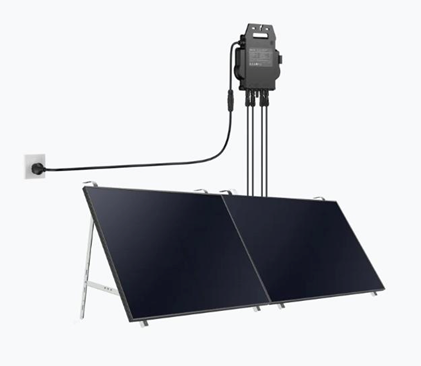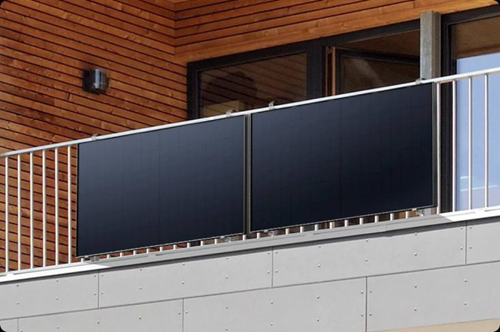Many residential properties have opted to acquire solar energy systems to mitigate the swift repercussions of climate change and heighten consciousness regarding the ecological footprint of human activities. The conscientious decision-making of households worldwide indicates that they are actively engaged in efforts to effect change for the benefit of future generations. Despite being in existence for a significant period, the notion that this environmentally friendly approach can effectively reduce the energy consumption of a residence remains a prevalent fallacy. This article examines distinct household appliances that can operate using solar energy. It is imperative to consider the capacity of one’s solar home system and analyze the energy consumption patterns of one’s household about the frequency of use of these appliances.

Household Appliances That Can Run on Solar Energy
Refrigerator
Most refrigerators operate routinely around the clock. On average, they utilize approximately 1.5 kilowatt hours of energy per day. Hence, to optimize residential energy efficiency and reduce monthly electric expenses, it is advisable to operate the refrigerator using solar energy. Determining the maximum quantity of energy that a solar panel can produce is crucial for optimizing the utilization of solar energy. When comparing the values, operating the refrigerator entirely or partially using solar energy is possible. If only a fraction of the energy is required, solar power should be utilized during the day when the sun is at its brightest.
Lighting Systems
Light is indispensable for creating a comfortable and secure environment for working and strolling. Light is a noticeable energy expenditure for many people. Many residences have adopted LED lighting to reduce their monthly electricity costs. These lights are a highly suitable substitute for traditional incandescent light bulbs, which possess nine times the wattage of the lights in question and are consequently more costly. Moreover, LED lights with a reduced wattage can accomplish the same degree of illumination at a diminished expense. The primary incentive for householders to transition to solar energy is the potential cost savings associated with their lighting systems.

Oven
An additional piece of kitchen equipment utilized by households is the oven. Individuals who desire to prepare delicacies and have a sugary tooth will find them exceptionally delicious. It is customary for small neighborhood businesses specializing in home-baked or home-cooked meals to sell simple dishes such as biscuits and cakes using this equipment. Regarding energy consumption, ovens typically fluctuate between 900 and 3,500 watts, contingent upon the specific model and frequency of operation. This produces devices with extremely high power consumption. Solar energy allows families to indulge their sweet tooth and uncover additional delectable dishes without feeling guilty.
Heaters
Heating appliances such as water, space, and air conditioners consume large amounts of electricity. You can stay warm during winter with the help of these appliances; therefore, there are better ideas than cutting back on their use to save power. Switching to solar electricity is the most viable option. You may discover a variety of solar-powered heaters on the market. Find out how much power your solar panel can generate, and then get a heater to handle that amount. Installing a solar panel can convert your existing heater into an energy source.
Conclusion
One way households actively participate in mitigating climate change is by implementing solar energy systems for their appliances. Not only do they serve as a modest method of gratifying personal advocacy, but they also contribute significantly to reducing monthly expenditures. Suppose you want to buy balcony power plant or solar system. In that case, it is critical to identify a reputable distributor of solar solutions with a long-term goal of generating an ample supply of solar energy.
